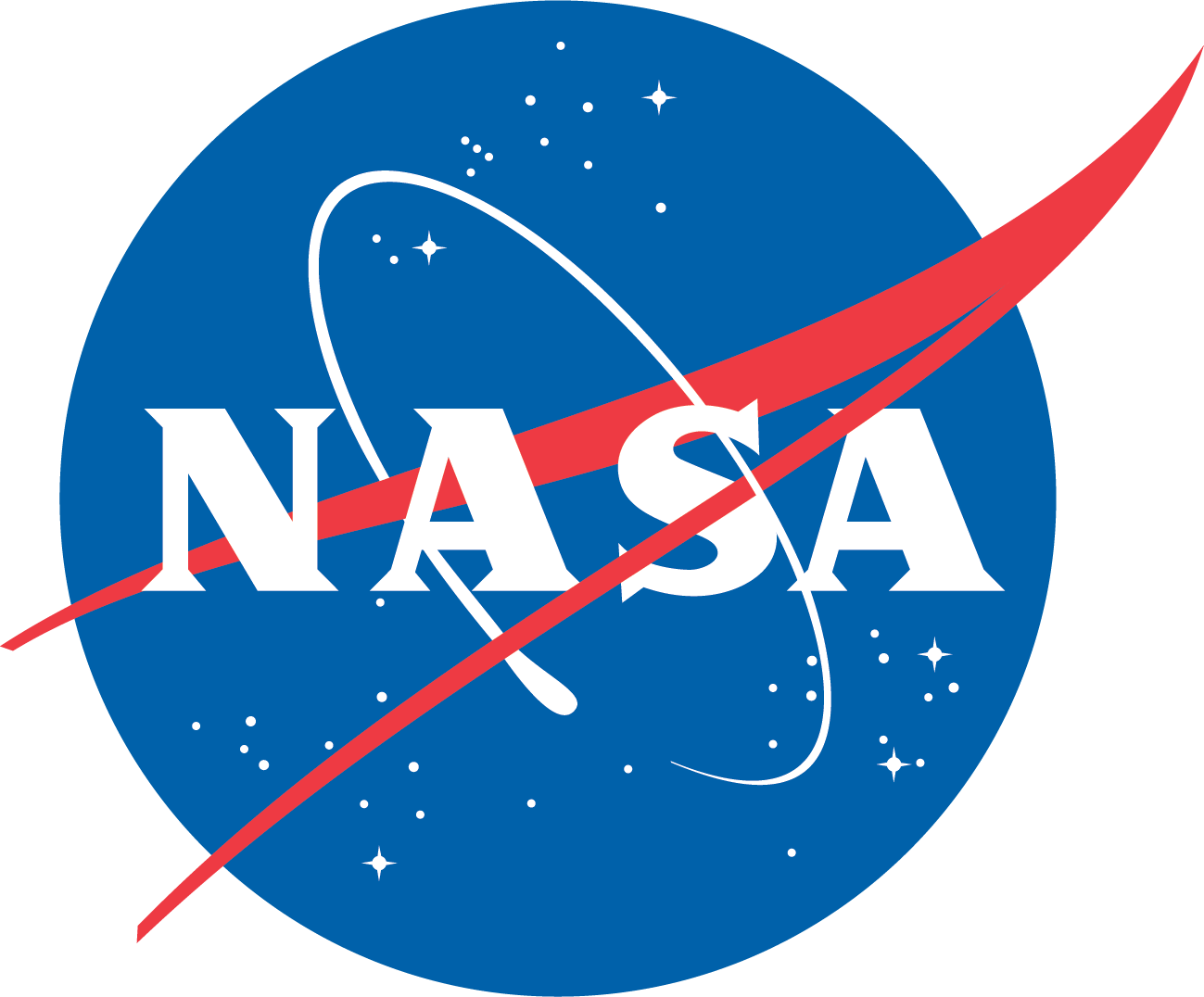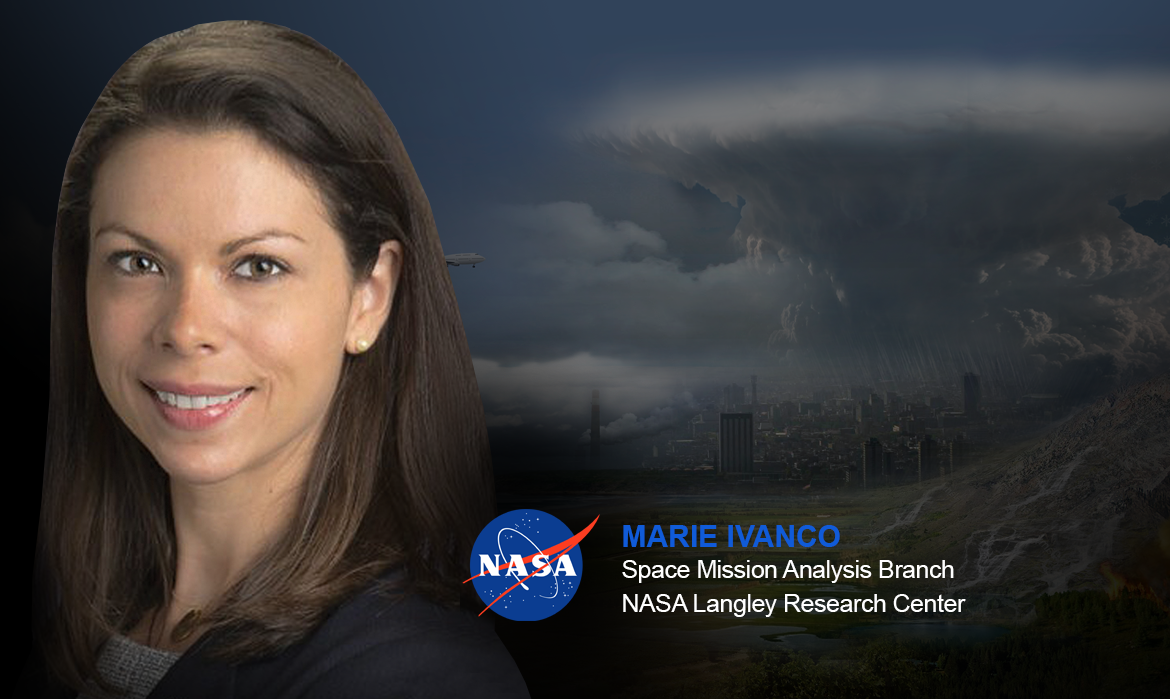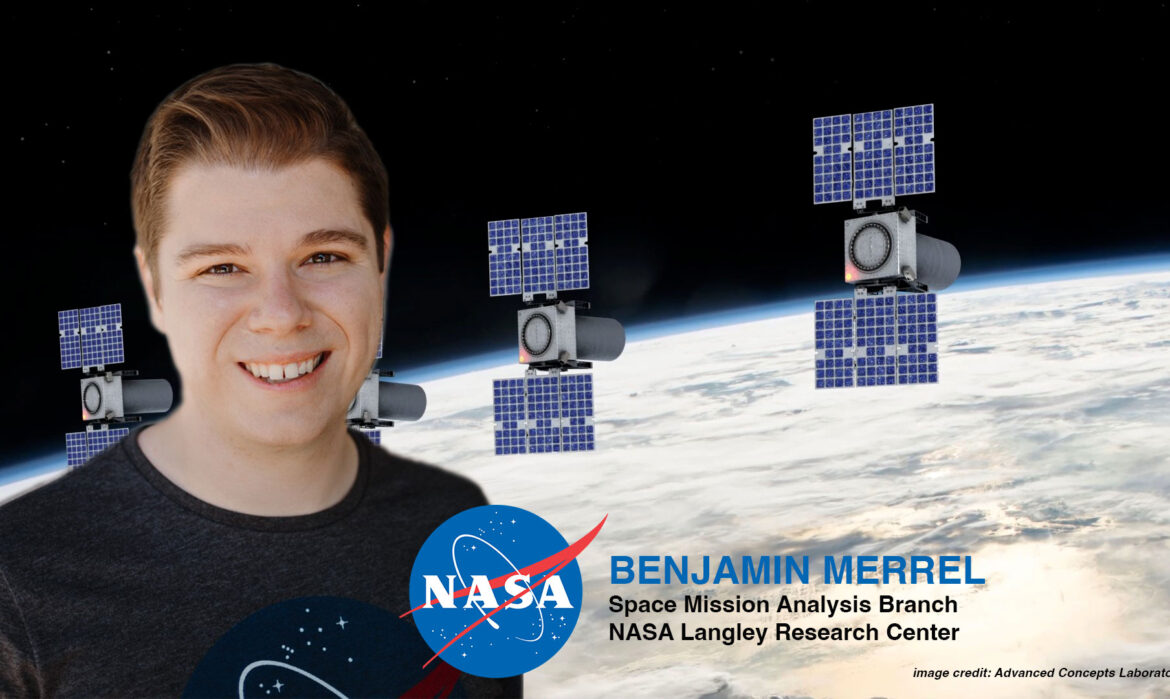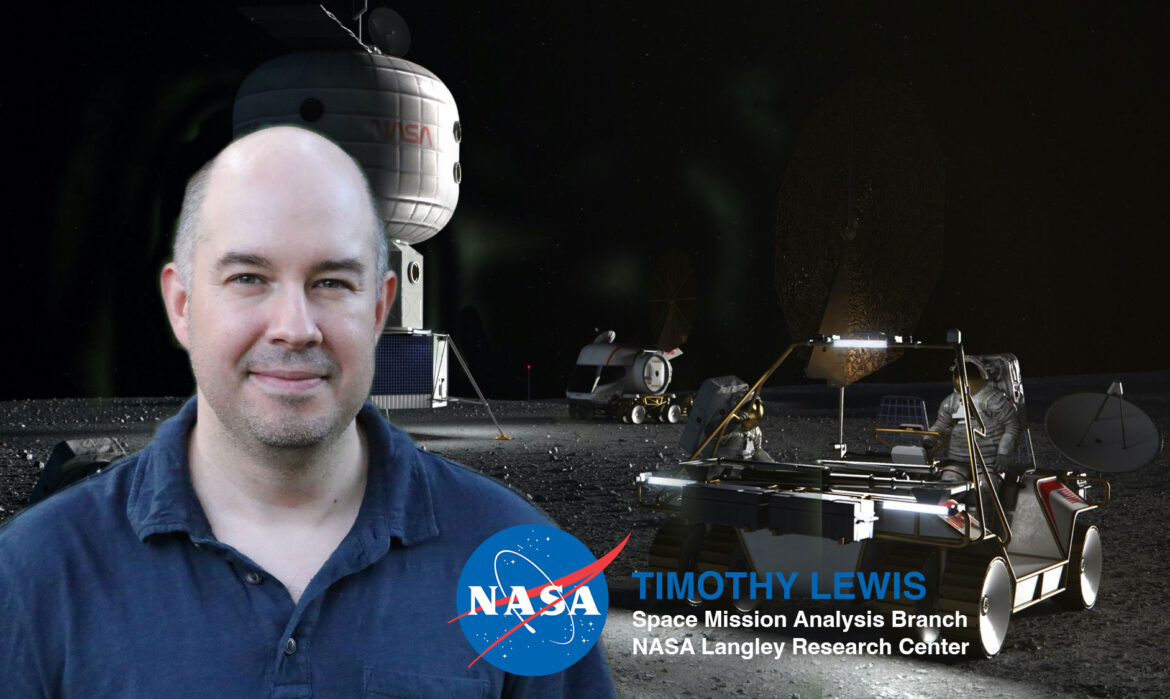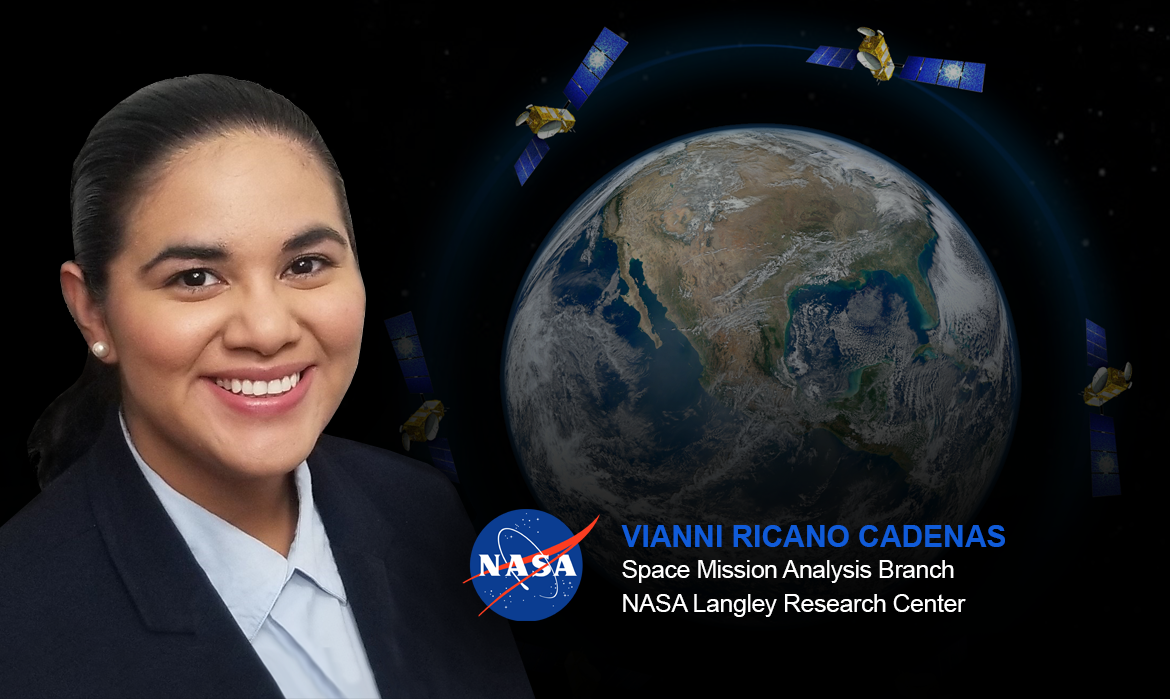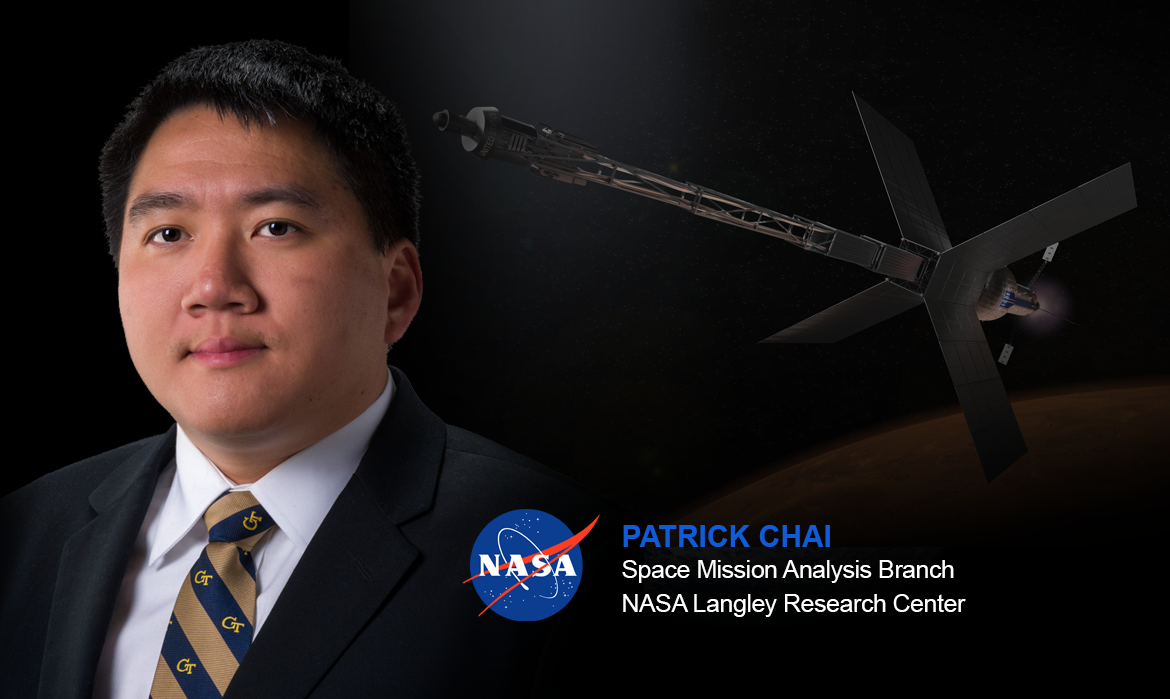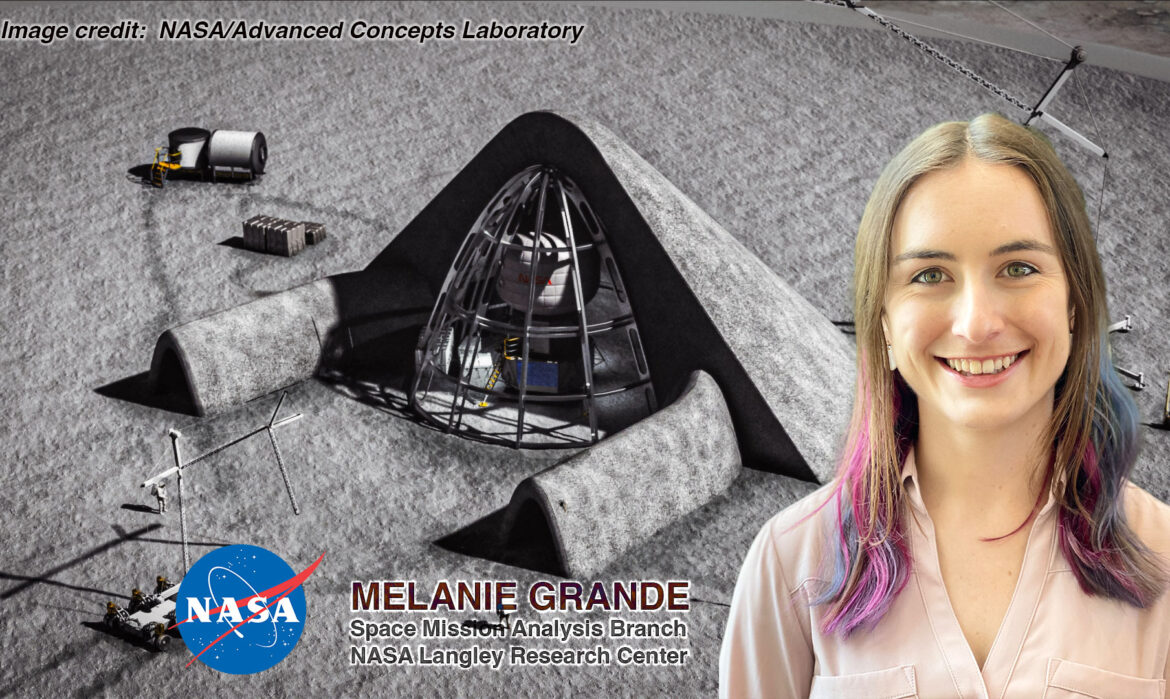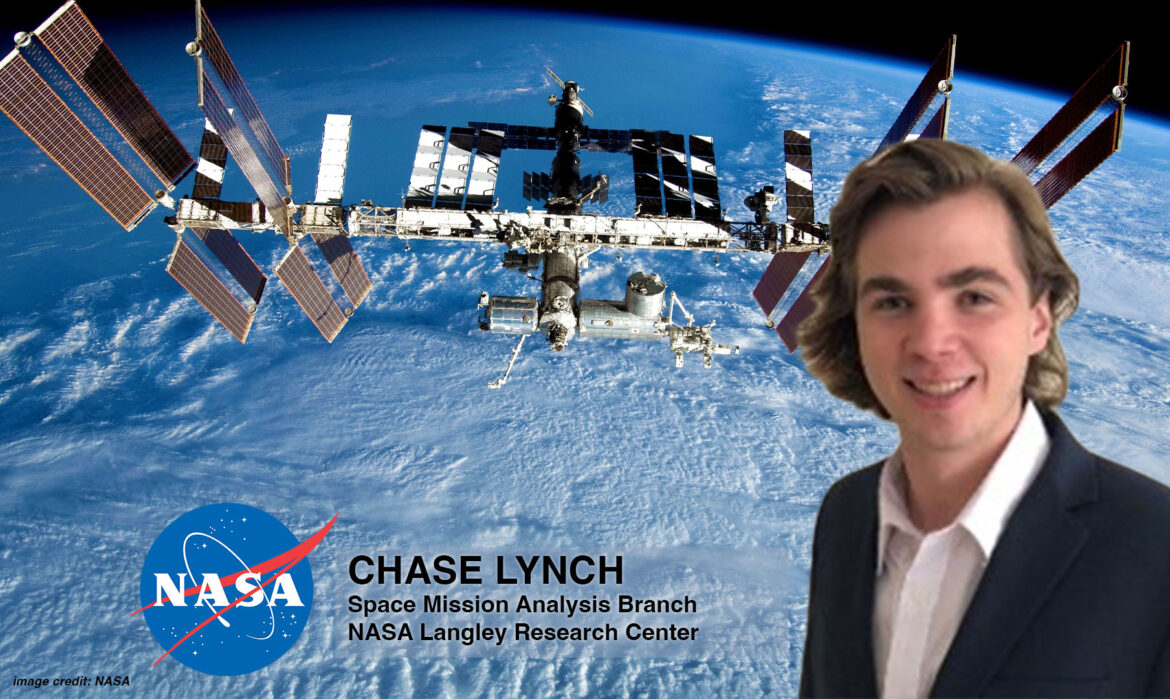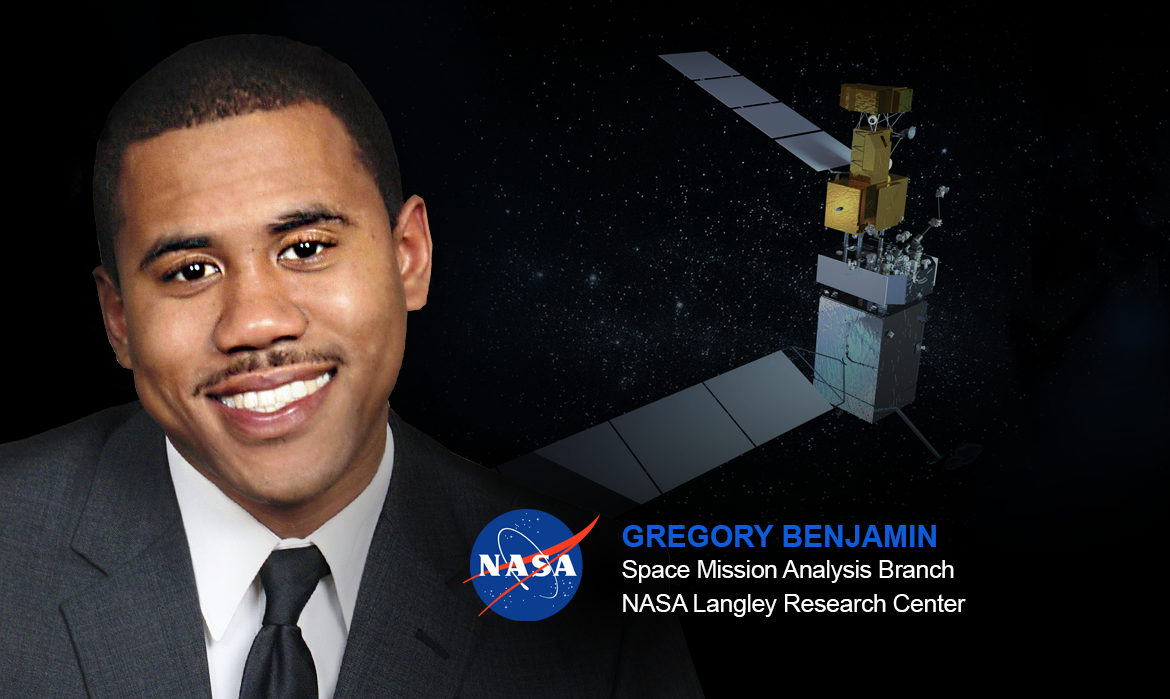A Pathway to Mars, featuring Akshay Prasad
Imagine you’re planning for an expedition, but instead of going to the mountains or the forest, you’re going to Mars. How would you get there? You can’t rely on your trusty SUV to get you there, and you certainly can’t hike to your destination. Choosing a vehicle requires careful thought, as it affects your entire trip. NASA’s Mars Architecture Team (MAT) is focusing on figuring out how to get humans to and from Mars during the first crewed Mars mission. For Pathways intern Akshay Prasad, that means designing potential vehicles to fulfill requirements identified by his MAT team members.
“Your transportation system and what you choose as your transportation system drives the rest of the overall campaign. We want to make sure what we choose is the right one, and by ‘right’ I mean something that is cost-effective, helps us achieve our goals, and also minimizes risk,” Prasad says. Choosing a vehicle for a Mars mission means analyzing a variety of designs and operational concepts. Prasad works on designing vehicle concepts for transportation systems and collaborates with other members of the Mars Architecture Team to analyze them to see how they fit into the overall Mars campaign. This includes investigating trajectories, interactions with other vehicles in the architecture, and mission support operations to determine the number of launches needed, in-space vehicle assembly and testing, and propellant refueling. Critically, vehicle design, particularly the propulsion system design, affects the interplanetary transportation time, which drives the design of the rest of the campaign architecture.
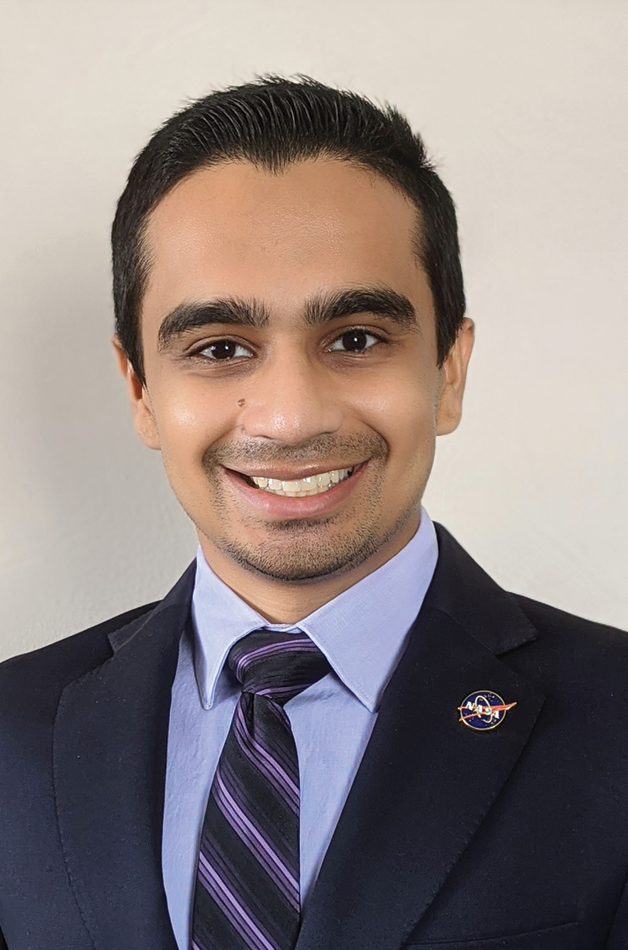
“How do we grow food on Mars?”
“Is it better to have multiple small habitats or one large habitat?”
What was the pathway Prasad took to designing vehicles for the Mars Architecture Team? Prasad began his career studying aerospace engineering at the Georgia Institute of Technology (Georgia Tech). While completing his undergraduate degree, Prasad had his first NASA Langley Research Center internship in the Vehicle Analysis Branch (VAB) within the Systems Analysis and Concepts Directorate (SACD). The internship revolved around creating a Mars Surface Architecture sizing model. Prasad dug deep into the research, exploring all the required systems and subsystems needed to support a crew staying indefinitely on the surface of Mars. Questions he aimed to answer focused on the infrastructure needed to support a crew of tens or even hundreds living on Mars, like “How do we grow food on Mars?” and “Is it better to have multiple small habitats or one large habitat?” Answering these questions required collaboration, which led Prasad to seek out the expertise of some folks in another SACD group, the Space Mission Analysis Branch (SMAB). Recalling those introductions, Prasad says, “That’s when I learned about what [SMAB does] and that’s when it sort of just clicked for me that that’s what I wanted to do and where I wanted to be.”
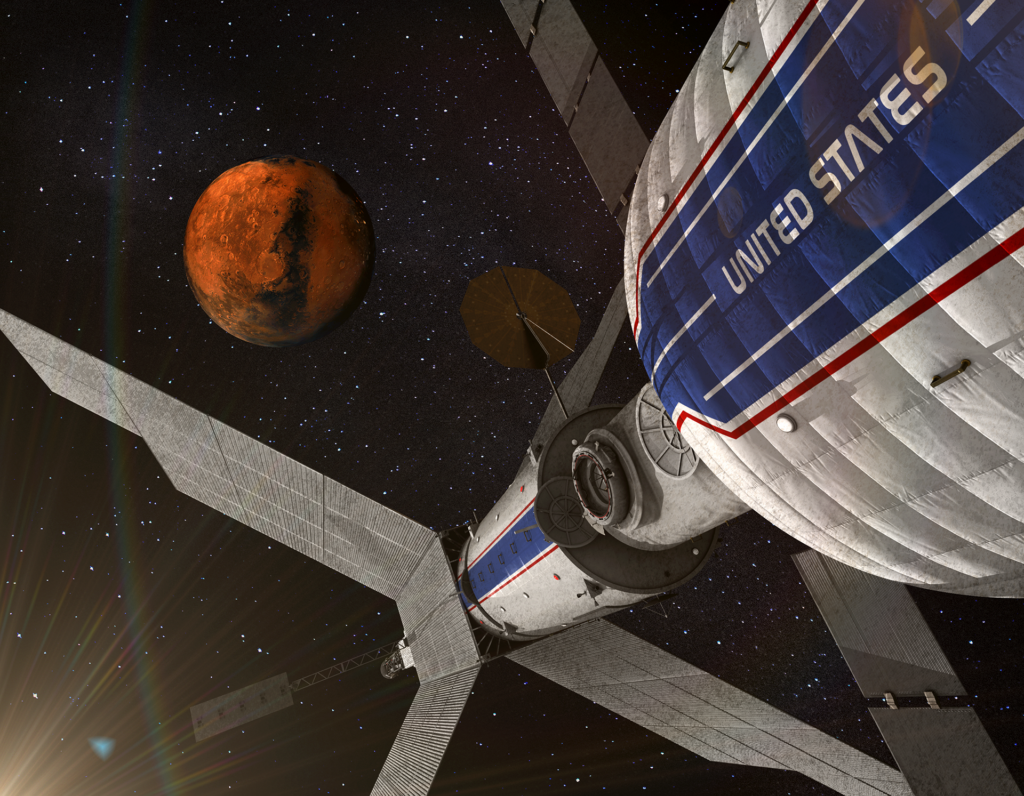
In order to continue developing his skills, Prasad decided to continue on at Georgia Tech to pursue a PhD in aerospace engineering while exploring opportunities at NASA. He had previously heard of the Pathways program, which allows students to work as civil servant interns while completing their degree and potentially provides an opportunity for a full-time position after graduation. Luckily, around the time he returned to school, a Pathways position opened up within the Space Mission Analysis Branch (SMAB), to which Prasad applied and was selected. In the summer of 2018, Prasad joined SMAB as a Pathways student, balancing his internship with his PhD program. During the first couple of years of his PhD, Prasad primarily worked with SMAB during the summers, taking the spring and fall semesters to focus on schoolwork. Once his main coursework was finished, he was able to transition to working more with SMAB while remotely continuing his PhD thesis research, which relates to the work he does within SMAB. Prasad’s thesis work focuses on taking a logistics-based approach for designing a Mars campaign. Logistics networks on Earth, such as a package delivery company delivering packages in a timely fashion, function similarly to getting humans to Mars. The goal is to get a crew to Mars and back in the safest, quickest, most cost-effective way, just like the delivery company needs to deliver packages in the quickest, most cost-effective way without damaging the product. Prasad leverages the math from those systems to solve the Mars campaign problem while also seeking to improve the process along the way.
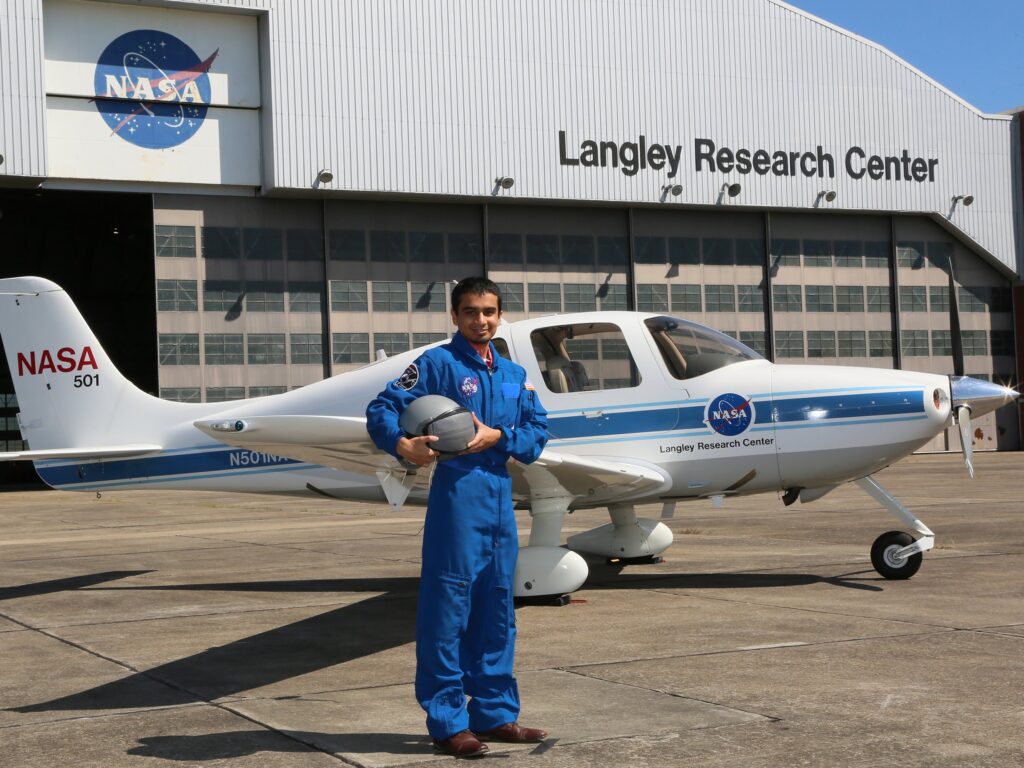
For anyone considering a Pathways position, Prasad says, “I definitely recommend [the Pathways program]. You are able to embed yourself within an organization to the point where they start to train you up with the intent of you being a critical member on their team. It’s a great program, especially if you want to be involved with NASA.” As a Pathways student, Prasad has worked on a few different projects, and every project he has contributed to mattered in some way to the Agency. During one of his first rotations, Prasad was a part of the International Architecture Working Group, working as part of an international team to establish an exploration scenario for the Moon. Based on the input from the team, Prasad assembled a small campaign and presented it to the international team. The team consisted of members from the Japan Aerospace Exploration Agency (JAXA), European Space Agency (ESA), Canadian Space Agency (CSA), and NASA Headquarters. As Prasad points out, there is always the possibility of presenting work to “some pretty important folks,” even during the first rotation. His second rotation was as part of the Mars Transit Habitat Team where he conducted parametric design work, learning more about the necessary tools and processes.
Regarding pursuing a PhD, Prasad says, “I think you should only do a PhD if you’re one hundred percent committed to it.” While Prasad pursued a PhD program to become a better engineer and a better thinker overall, it is a lot of work. Working as a Pathways intern while pursuing a PhD is an excellent career choice though, he thinks. The combination has allowed for him to expand his thinking about aerospace engineering while fostering a desirable skillset to continue working with SMAB.
When working as a student intern, it may be difficult to feel like the work matters to the Agency, but Prasad knows that’s not the case. The work he is contributing to is incredibly important—he’s assisting in planning the first human mission to Mars! A lot of work is going into that plan, as Prasad points out, “The first step is always the hardest, and, I would argue, one of the most important. It sort of sets up how we approach future missions.” Human space exploration is hard; Mars is much further than humans have gone before. Prasad and the Mars Architecture Team assist in considering as many options as possible so NASA decision makers can choose the best options before embarking on the long journey to Mars.
Author: Samantha Vold | Contact: Emily Judd
Published: July 2022

